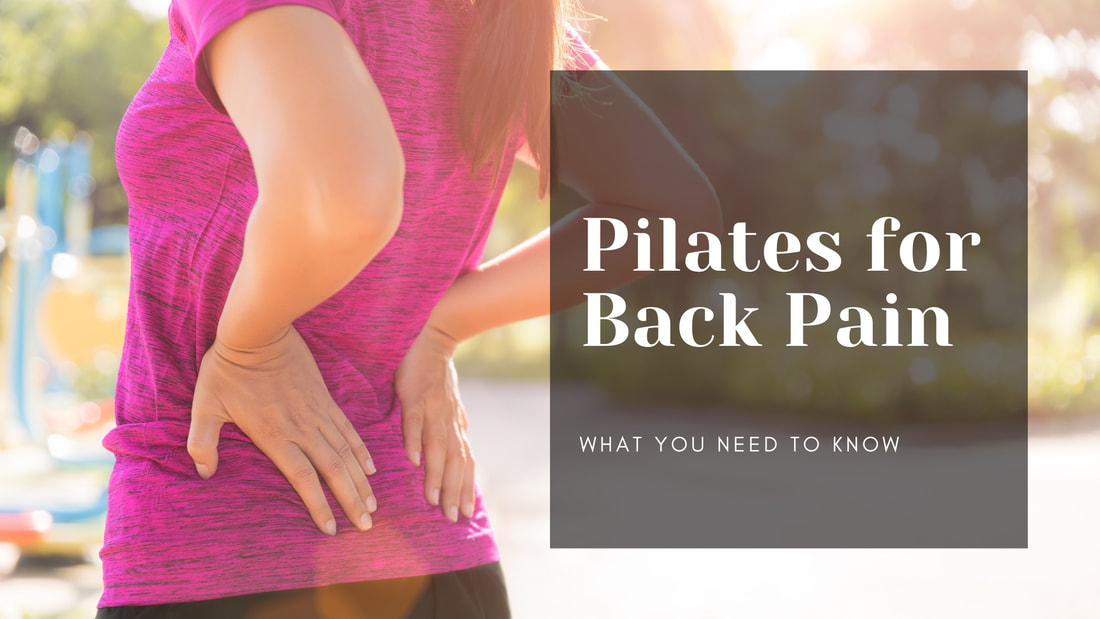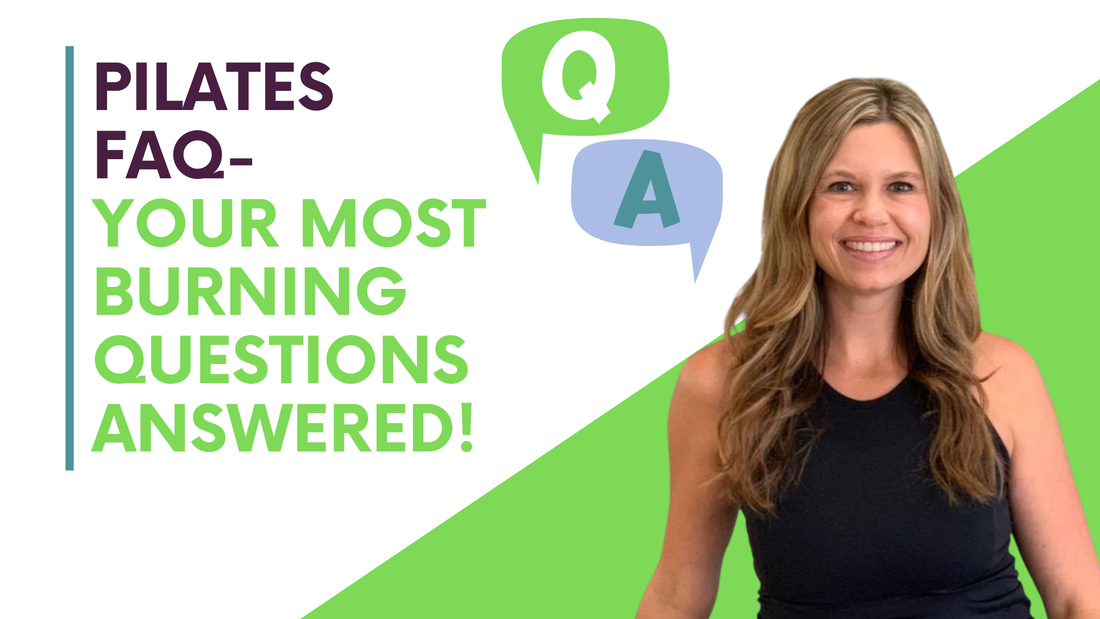|
Back Pain. UGH. Most of us will either have it currently or have experienced it at some point in our lives.
It’s pretty common– low back pain is the leading cause of disability worldwide–and the number of people with low back pain has doubled in the last 25 years. Whether it’s our jobs (more sitting) or our lack of time (no time to strengthen the muscles that keep that pain away), low back pain is a growing problem for so many of us. The truth is, I experience it too! I know, I know, the Pilates teacher who has built a career on making people stronger, longer, and more mobile is a back pain statistic. These days, I feel it most when I spend too long working at the computer, or my shoes are too high, or I’ve done too much yard work. The only thing that makes it feel better is more Pilates. A bit of rest doesn’t go astray either. But when it comes to movement, Pilates literally keeps me together. I usually need to do LESS running and LESS HIIT workouts when it gets really bad (other physical pursuits I enjoy), but never less Pilates. Sure, Pilates at the top of its game can have you swinging from straps and bars and all sorts of fancy things, but at its foundation, Pilates is a series of simple principles that build the skills necessary to support your spine. How does it do this?
Whatever kind of back pain/discomfort you are experiencing, let me teach you the Pilates basics and foundational movements to nurture your spine back to a place where you feel stronger, more mobile, and most importantly, more pain free in the future. Book your class here today!
0 Comments
You asked, we answered! I’m rounding up 3 of the most frequently asked questions I get from students, or people thinking about starting Pilates.
|
Heather GradkeI'm a BASI Certified Pilates Instructor by day, somewhat competent housewife by night. I used to have hobbies but then CHILDRENS. I am married to the love of my life and somewhat charismatic Rustin Gradke. I have 4 kids that are wonderful sometimes but mostly they just eat a lot. I'm a lover of God and movement and the occasional bowl of queso. Archives
July 2024
Categories |



 RSS Feed
RSS Feed